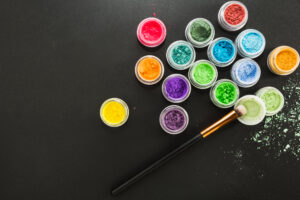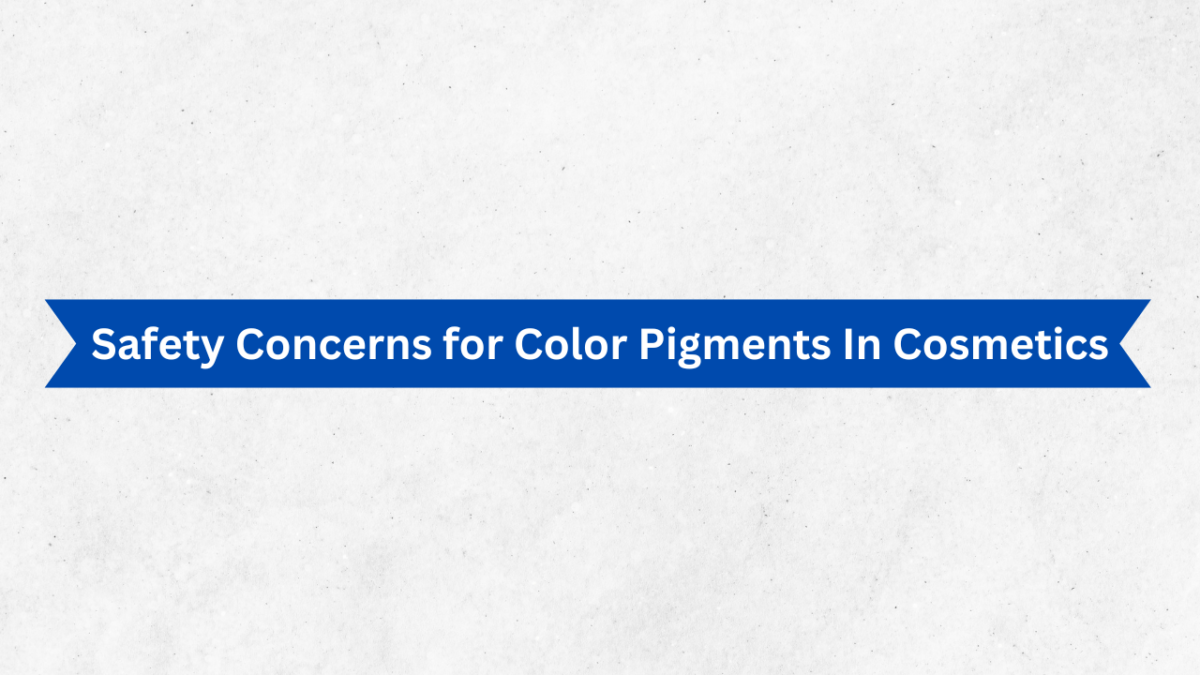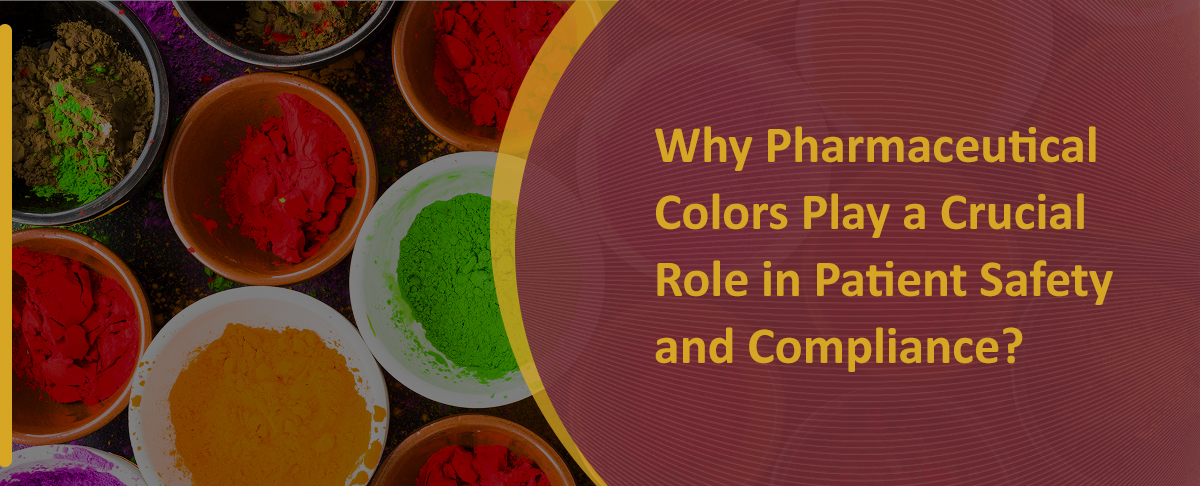Thanks to research and new technology, the Color Pigments in Cosmetics industry has improved. Consumers can now find better shades of cosmetic pigments and lakes.
Brand investment in research and development labs has increased over the past few years. Cosmetic colors, like pigments used for cosmetics, are still checked for heavy metals. This helps prevent health risks. This blog will discuss safety concerns for color pigments in cosmetics.
Pigments, also known as dyes or colorants, are broadly classified as organic and inorganic pigments. They are widely used as coloring agents in cosmetics, foods, and pharmaceuticals. There is a great difference between organic pigments and inorganic pigments based on their chemical properties and structure.
Iron oxides, chromium, ultramarine, etc., are a few examples of inorganic colorants used for producing cosmetics. In contrast, titanium dioxide and zinc oxide are examples of organic colorants used in cosmetic applications. If you are still wondering what cosmetic color pigments are and how safe they are, continue reading this blog.

What are Cosmetic Color Pigments?
Color Pigments in Cosmetics are finely ground particles that color cosmetics and skin care products. Cosmetic color pigments are insoluble, which means they don’t dissolve and remain suspended in a medium. Cosmetic color pigments and dyes are best suited for producing vibrant, bright, long-lasting colors.
Cosmetic color pigments are safe to use in many cosmetic products. The primary purpose of cosmetic color pigments is to make the product more appealing and attractive to consumers. The bright shades in these cosmetics further enhance the beauty of people who wear them.
Why are Cosmetic colors used?
Cosmetic colors indicate various things, including people’s love and emotions for a particular color. In cosmetics and other industries, colors are often used to help consumers. This way, they can pick shades that match their clothing.
Furthermore, this idea is strongly emphasized when selling nail colors and lipsticks. The color of the product packaging can complement the color of the product.
Types of Color Additives Used in Cosmetics
Two types of color additives are used in cosmetics: Organic and Inorganic.
What are Organic Colors?
Organic colors contain carbon atoms, while inorganic colors provide a mineral base. There are two types of organic colors: organic lakes and organic pigments. Synthetic dyes and lake colors, including aluminum lakes, are known as organic colors. Lake colors vs. pigments: There has been an ongoing debate about quality, color consistency, and stability.
Also, organic dyes can dissolve in oil or water. Some oil-soluble dyes are allowed in cosmetics. On the other hand, organic pigments include lakes and botanically derived colors.
What Are Inorganic Colors?
Inorganic color contains pigments, including titanium dioxide, ultramarines, and iron oxides. Iron oxides, zinc oxides, and others are known as inorganic colors. They undergo additional treatments to improve their characteristics. Color treatments enhance cosmetic products with sheen, UV protection, and water resistance, among other traits.
Safety Concerns for Color Pigments In Cosmetics
The manufacture of specific cosmetic products requires using particular colors with prescribed consistency. Regulations require rigorous testing of cosmetic colors to ensure that they do not harm users. Cosmetic dyes on the eyes may not be approved according to their approval for lip products.
Is it possible to make cosmetics with any color? The short answer is no! The color additives available on the market can be used to develop a variety of color variants. A person with a particular skin type in one nation may not wear colors that suit a person with a very different skin type in another.
Cosmetic manufacturers must partner with well-known color makers. They need to create pigments and lakes that follow the country’s rules where they want to sell their products.
The USFDA provides guidelines for cosmetic color use. CI stands for Color Index and is the technique used to identify cosmetic colors within the European Union. Cosmetic labels display color codes and numbers so users can locate the permitted colors.
Many well-known Indian companies make high-quality cosmetics. These products meet the standards of the USFDA, EU, and other countries. They are in high demand and use cosmetic lakes, pigments, and dyes. Additionally, several well-equipped manufacturing facilities in Asian countries like India cater to cosmetics companies.
Exploring the myths about Heavy Metals in Cosmetics
Because of health concerns about heavy metals in cosmetics, their use has been limited. These metals can be toxic to the nervous system and cause reproduction issues. If metals are used following safety guidelines, they do not pose a potential health risk to humans. Undeniably, heavy metals, such as arsenic, lead, mercury, zinc, iron, cadmium, aluminum, or chromium, can accumulate in cosmetics due to impurities or intentional actions.
Studies often show that too much metal in cosmetics can cause side effects. This helps consumers choose beauty or health products with safe metal levels. The US Food and Drug Administration and the European Union have set Maximum Allowable Concentrations (MACs). These help manufacturers and consumers know the highest safe levels of metals in cosmetics.
Conclusion
The main point is that it is important to have good monitoring, testing, and quality checks. This is especially true when making cosmetic products with color pigments, lakes, or dyes. Hridhan Chem is the most trusted manufacturer of safety-compliant cosmetic colors, and it follows rigorous workflows to ensure that heavy metals are controlled in cosmetic dyes and pigments.
If you need more information on the different types of cosmetic pigments, lakes, or dyes we produce at our manufacturing facility, contact us. Don’t be afraid to call our chem experts today!




